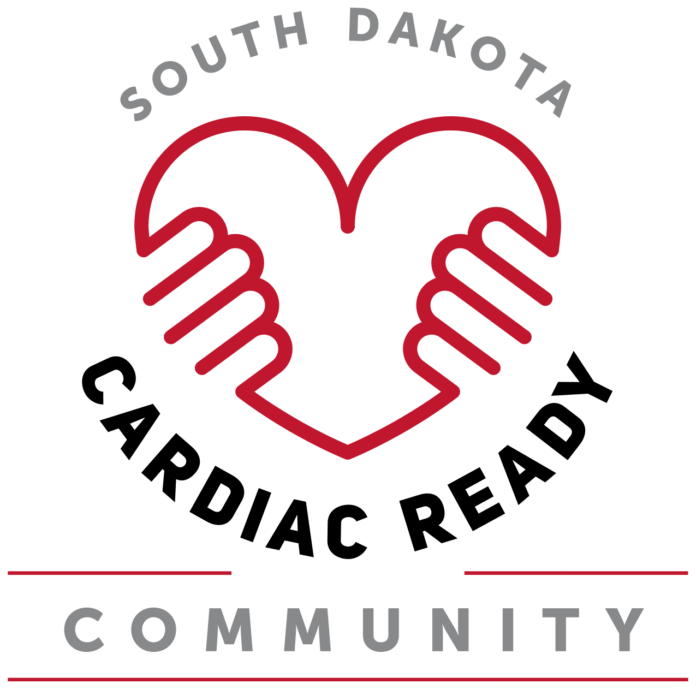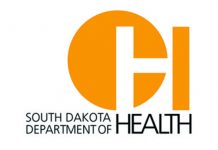
Is your community “cardiac-ready?”
Seven in 10 people in America say they feel powerless to act in the face of a cardiac emergency. As a result, less than half of all people who need this lifesaving skill receive CPR from bystanders before professional help arrives. More than 350,000 out-of-hospital cardiac arrests occur in the United States each year, according to the American Heart Association, and more than 90% of people who experience a cardiac arrest outside of the hospital will not survive.
In 2018, the South Dakota Cardiovascular Collaborative, a group of stakeholders working in collaboration with the South Dakota Department of Health to improve the quality of life for all through the prevention and management of cardiovascular disease and its associated risk factors, introduced the Cardiac Ready Communities initiative. The focus of the Cardiac Ready Communities (CRC) Program is to educate, equip, and empower local community members to be better prepared and more confident in helping a patient experiencing a cardiac event prior to the ambulance arriving.
Communities which have been designated as Cardiac Ready have a documented increase in bystander CPR rates, bystander use of an automated external defibrillator (AED) and increased survival rate of Sudden Cardiac Arrest (SCA).
- If someone in your community suffers a SCA tomorrow, how likely is he or she to survive due to rapid access to life saving treatment?
- How many residents and public safety officials in your community can recognize the symptoms of cardiac arrest and know how to help?
- How many people who live, work and play in your community, business or campus can recognize the signs of cardiac arrest and know how to help?
- Do all of your buildings, auditoriums, and meeting areas have effective emergency response plans? How many public AEDs are available and are ready in case of an emergency?
The answers to these questions illustrate the importance of achieving the Cardiac Ready Community Designation.
The mission of the Cardiac Ready Community Designation is to help communities evaluate their readiness for cardiac events. It includes evaluation, planning and development of new awareness, prevention programs, CPR & AED training, and AED location information. This program is administered by the South Dakota Department of Health with support from South Dakota Foundation for Medical Care and aims to help communities improve the chances that anyone suffering a sudden cardiac arrest will have the best possible chance for survival. Through the Cardiac Ready Communities program, a community can strengthen what the American Heart Association has called the “chain of survival,” which has six critical steps: early access to emergency care, high-quality CPR, defibrillation, advanced resuscitation, post-cardiac arrest care, and recovery.
Any South Dakota community is eligible to apply for the Cardiac Ready designation. The application process for a Cardiac Ready Community Designation includes several steps and can take as little as a few months or, in some cases, more than a year. However, a key factor is not only applying and receiving the designation but the effort and plans that your community will put together for ongoing awareness and education about sudden cardiac arrest, CPR training and AED location identification.
Communities that receive a Cardiac Ready designation receive a number of promotional benefits, including highway signage, to help promote their status. But the number one benefit is the number of lives that can be saved through early intervention in a cardiac emergency. It just could be the life of someone you love.
For more information on the Cardiac Ready Communities program, visit the program website here.





